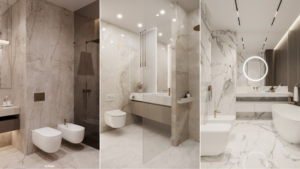

About Future Stiles
Future Stiles is a relatively new player in the tile industry, but it has quickly gained recognition for its innovative and modern designs. The brand focuses on merging cutting-edge technology with artistic craftsmanship to create unique and visually appealing tiles.
Latest Post


Stone Cutting & CNC Design for Modern Architecture

3×6 Inch and 75x150mm Tiles Size and Design in 2025

1200x1800mm and 48×72 Inch Tiles Designs in 2025
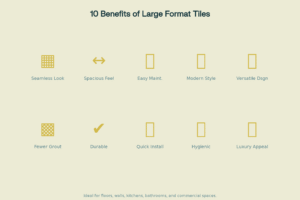
Benefits of Using Large Format Tiles in Modern Interiors

Top Tile Trends for 2025: Colours, Textures and Finishes
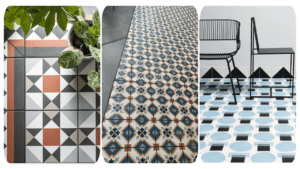
Concrete Tiles, Cement Tiles, and Cement Tiles for the Floor in 2025

Black Tiles Design: Modern Black Tiles Living Room
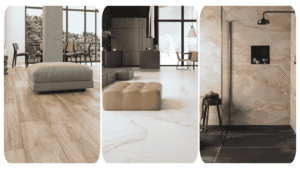
Matte Finish Tiles: A Modern Touch of Subtle Elegance 2025
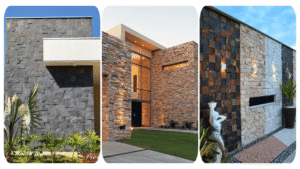
Front Elevation Tiles Design: Stylish Elevation Tiles & Affordable Prices
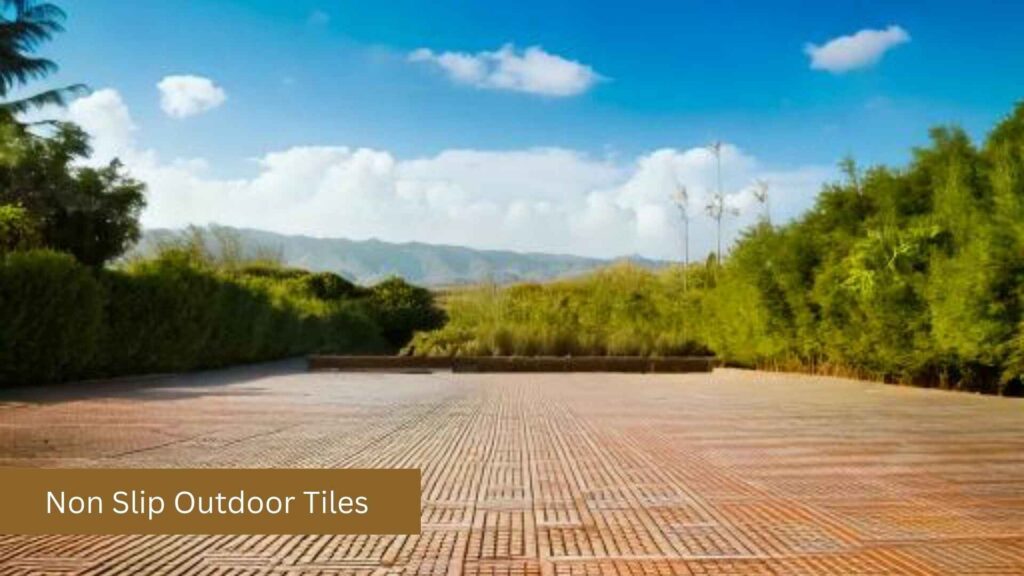
Non Slip Outdoor Tiles for Your Home and Office Areas
- Futurestiles
- November 7, 2024
- 4:29 pm
For homeowners who want to enhance their patios, balconies, pathways, or pool sides, Non Slip outdoor tiles are the most appropriate options. It is always wise to invest in these tiles since they make it easier to step on them even when it is raining or the area is moist. Going forward in this article, we will discuss the pros of these tiles, the popular materials used, how the tiles add design aspects, and care for the tiles.
Why Choose Non Slip Outdoor Tiles?
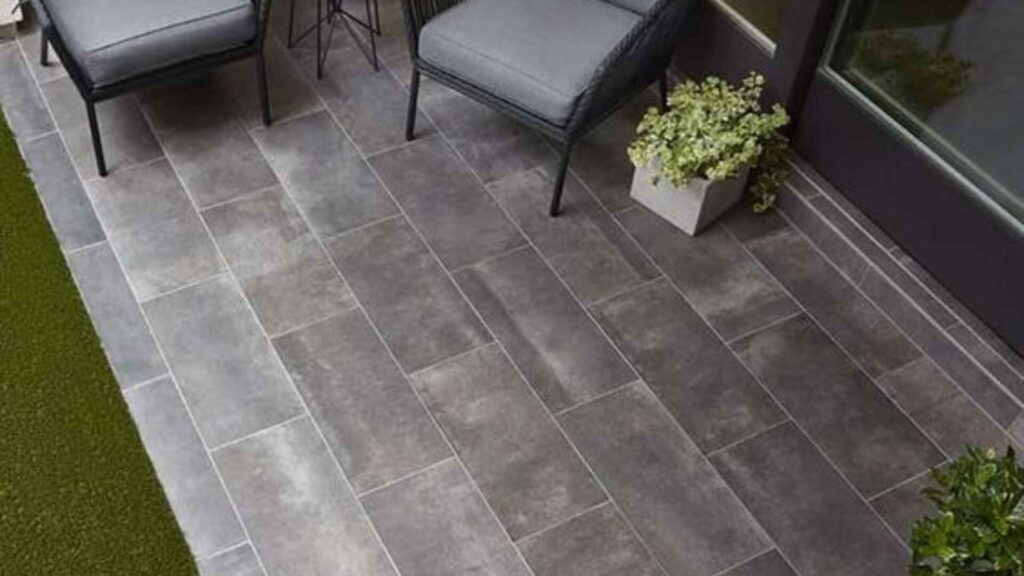
Most importantly, there are a variety of background conditions that the tiled areas will have to endure, such as ice and snow cycles and even applications of high UV. Non Slip tiles allow safety zones where surfaces remain maximally slippery regardless of the condition such as rain. Some of the key benefits are:
- Safety: Non Slip tiles assist in avoiding accidents since they reduce slipping, especially around pools or on a rainy day.
- Durability: the world bears several factors including weather, and normal rainfall which affect all surfaces thus this type of tile is suitable since it withstands extreme factors ensuring that the specified area receives a long-term solution.
- Easy to maintain: These types of tiles can be cleaned rather effortlessly and do not require much work to make them perform correctly which is a plus.
- The Desire: Featuring an array of designs, textures, and colors, Non Slip tiles can complement any outdoor space.
Popular Materials for Non Slip Outdoor Tiles
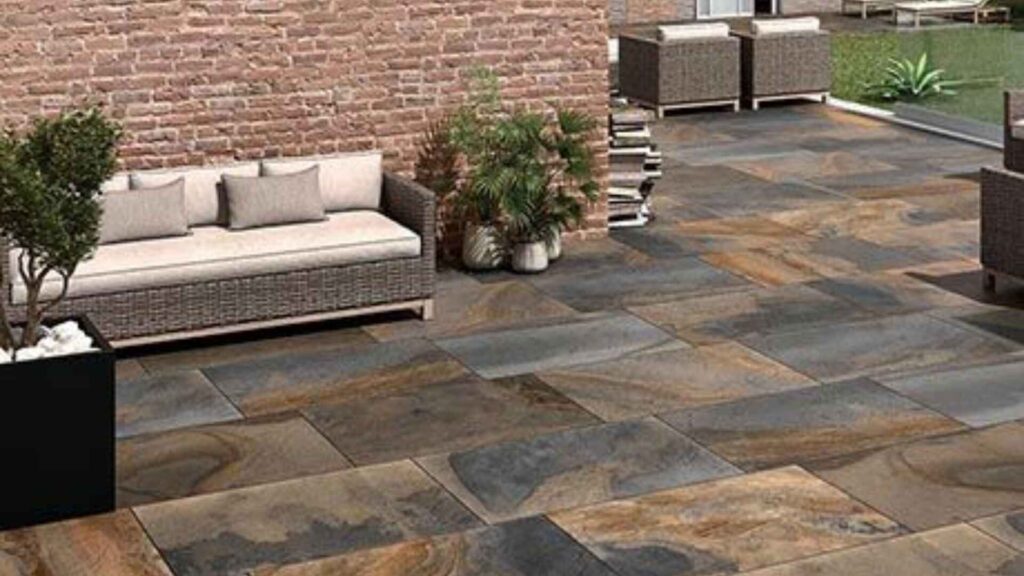
It is important to note that Non Slip outdoor tiles are available in different materials that have outstanding features that make them ideal for specific functions:
Ceramic and Porcelain Tiles
For outdoor spaces, Ceramic and porcelain tiles are quite popular as they come in different forms, are tough, and can be styled in several ways Porcelain is denser compared to ceramics and it has a higher water resistance meaning that it can be used for outdoor purposes better than ceramics. Both materials are good to use since they have a Non Slip finish ideal for pour areas like patios and boards, and walkways.
Natural Stone Tiles
Another popular material is Natural stone tiles which include slate, granite, and travertine stones since they are coarse and hard they are the best materials for Non Slip outdoor tiles. Stone tiles have the advantage of being natural materials that have low chances of pollution to the environment and blend well with the outdoor atmosphere. Slate tiles are perfect for low-slip areas as they contain a coarse surface that helps in most cases, inhibit slipping.
Concrete Tiles
Concrete tiles do not only have a cheaper price compared to the other types, but they are also sturdy and can easily be altered. In most cases, concrete tiles are anti-slip and suitable for pool sides, driveways, and footpaths. They can be shaped and colored into different forms to enhance the decor as most of them can look like stone or wood in most parts.
Rubber Tiles
Rubber tiles are of a recent origin to be used for outdoor purposes mainly in areas that require extra safety like play areas or pool decks. They are shock absorbing, slip resistant, and comfortable when on foot, providing a safe surface even when wet. Rubber tiles come in many colors and even are eco-friendly as many are manufactured from recycled waste.
Glass Mosaic Tiles
Glass mosaic tiles might not be the best choice for mass application, but they make for great decorative details to be inserted around pools or fountains. A lot of glass mosaics have textured, or a matte surface that aids in slip resistance and also adds aesthetic appeal to the space with a colorful and shiny finish.
Design Tips for Non Slip Outdoor Tiles

A few additional design recommendations can be followed when selecting Non Slip outdoor tiles to bring cohesiveness and functionality to the outdoor areas:
- Match the Aesthetic: When choosing tiles, consider the overall design of your home, and take into account the layout of the garden. For a more rustic or natural appearance, stone or cement tiles in hues of beige and cream are a perfect choice. If the modern look is desired, thin porcelain tiles painted in glossy black, grey, or dark blue would be the most appealing.
- Color Choice: It is advantageous to use lighter-colored tiles in warmer areas as they reflect most sunlight and therefore keep the surface cooler. It is apparent that darker colors absorb more heat and will do very well in places that get limited direct sunlight.
- Size and Pattern: Large tiles create the illusion of a small outdoor space having a bigger room, and smaller tiles can create intricate patterns, which will enhance the aesthetics. Mosaic tiles, for instance, lend themselves well to borders and other decorative patterns, especially around pools or other water features.
- Textured Surface: A textured or matte surface finish will further improve grip. Outdoor areas should not contain glossy tiles, as they are slippery when wet.
Maintenance of Non Slip Outdoor Tiles

By regularly maintaining the Non Slip outdoor tiles, you can improve their lifespan and condition. Here’s how to maintain these tiles:
- Clean Them Regularly: Regularly, beat sticks or cleanse the tiles to get rid of dirt leaves, and other plant debris which can stick and become very slippery. Most Outdoor tiles can be cleaned with warm water and mild detergent only.
- Stay Away from Strong Chemicals: If any chemical agents are used, then they should not be strong cleaning agents as they will destroy the tile’s surface which renders them unnecessary if prevention of slips has already been achieved. Utilize pH-balanced or tiles’ material-specific cleaner.
- Reseal Only When It Is Time: Resealing its surface has to be done every once in a while when the surface is a natural stone, this is important for the tiles’ water resistance ability and strengthening the tiles. Certain information regarding this type of maintenance can be sought from the tile manufacturers.
- Remove Mold and Mildew in Time: Because of the wet corners existing in some areas of the house, mold and mildew develop which makes the tiles very slippery. Use diluted bleach or a tile cleaning agent to clean any mildew or mold colonies, especially in shaded or damp places.
Applications for Non Slip Outdoor Tiles
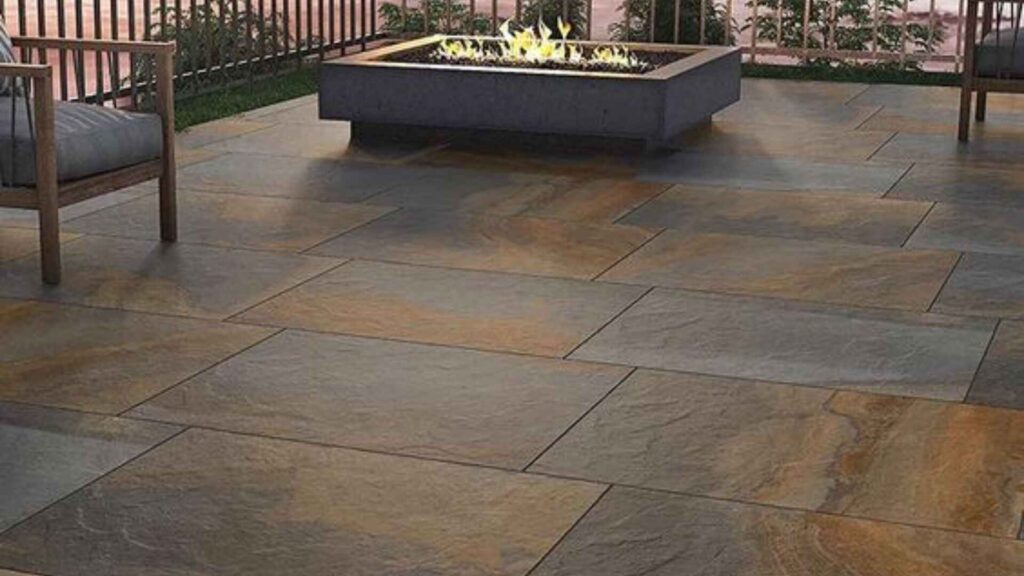
If you are looking for a flawless style with safety at the same time, then Non Slip tiles can be ideal for you in any outdoor area. Some of the applications are as follows:
- Patios and Decks: For social outdoor spaces, these tiles give a good grip and at the same time do not spoil the beauty of the area.
- Pool Surrounds: Non–slip tiles are very critical around pools to avoid unnecessary accidents and still keep the floor cool.
- Walkways and Pathways: It includes any path in the garden or any entryway. These are highly important for ensuring safety in wet conditions.
- Driveways: Driveways tend to have high traffic from vehicles and people, in these concrete or stone tiles are very sustainable and slip-free.
- Outdoor Kitchens: For outdoor kitchen areas use those tiles which do not have slip and can be easily cleaned.
Choosing the Right Non Slip Tile for Your Space

When choosing a Non Slip tile best suited for your outdoor area, certain factors should be accounted for. Such factors include climate, foot traffic level, and design appeal. Some considerations to think about are as follows:
- Climate: If you reside in a region affected by freezing winters, ensure that the tiles are frost-resistant to avoid cracking.
- Slip Rating: Assess the tile’s slip rating which is usually defined as the coefficient of friction (COF) ratio. Tiling types with a higher COF rating are best suited for areas that are regularly exposed to water like pools.
- Budget: The price of the outdoor tiles will vary from one material type to another. For instance, concrete and rubber tiles are relatively cheap while natural stone and porcelain will require one to have a significant budget.
Conclusion
Tiles for outdoor use do have the quality of gaining a return on investment owing to their capability to enhance the look of a place while also ensuring a safe environment. Patios, pool areas, and driveways can be tiled with non-stick tiles to ensure protection while still retaining the aesthetics of the area. With various materials, designs and finishes available, customers are spoilt for choice when it comes to the selection of the perfect nonslip tile that meets their expectations and adds to the beauty of their outdoors. Whether it is natural rough stone, porcelain, or rubber you need not worry about safety concerns as Non Slip outdoor tiles ensure that there is no compro


